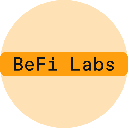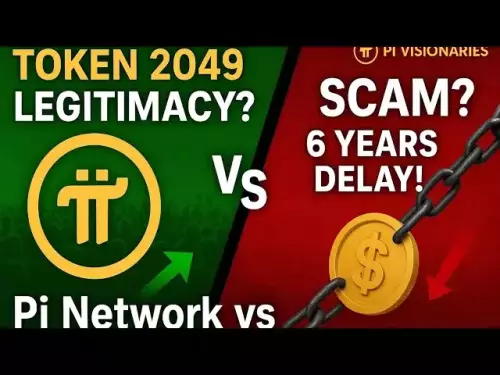-
 bitcoin
bitcoin $114779.865156 USD
2.30% -
 ethereum
ethereum $4226.519789 USD
2.39% -
 tether
tether $1.000545 USD
0.04% -
 xrp
xrp $2.890223 USD
0.92% -
 bnb
bnb $1030.029301 USD
2.95% -
 solana
solana $212.824944 USD
1.69% -
 usd-coin
usd-coin $0.999757 USD
0.01% -
 dogecoin
dogecoin $0.234961 USD
-0.27% -
 tron
tron $0.337174 USD
0.42% -
 cardano
cardano $0.804783 USD
0.09% -
 hyperliquid
hyperliquid $45.748770 USD
-2.85% -
 chainlink
chainlink $21.699170 USD
0.82% -
 ethena-usde
ethena-usde $1.001452 USD
0.08% -
 avalanche
avalanche $30.237800 USD
1.14% -
 stellar
stellar $0.372604 USD
1.52%
What is governance in a blockchain project?
Effective blockchain governance ensures adaptability, security, and community-driven innovation while balancing decentralization and decision-making efficiency.
Sep 04, 2025 at 05:19 am
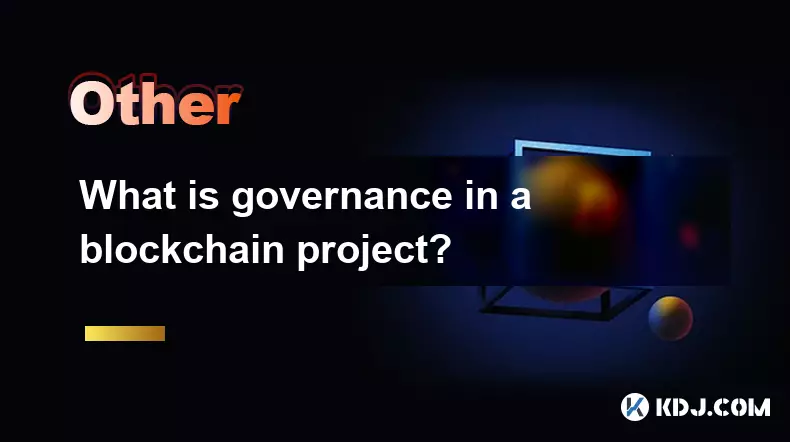
Governance in Blockchain Projects
Governance in a blockchain project refers to the mechanisms and processes through which decisions are made about the development, upgrades, and management of the network. Unlike traditional centralized systems where a single entity holds control, blockchain governance often distributes authority among participants, promoting transparency and decentralization.
Decentralized governance models empower token holders to vote on proposals, ensuring that changes align with community interests. This approach fosters inclusivity and reduces the risk of unilateral decisions that could compromise network integrity. Governance can be either on-chain, where voting occurs directly through the blockchain, or off-chain, where discussions and decisions happen outside the network but influence its direction.
Effective governance ensures that a blockchain remains adaptable, secure, and aligned with its core principles while accommodating community-driven innovation.Types of Blockchain Governance
- On-chain governance involves formal mechanisms where stakeholders vote on proposals using their tokens. Examples include Tezos and Decred, where voting outcomes directly trigger protocol changes.
- Off-chain governance relies on community discussions, developer input, and informal consensus. Bitcoin and Ethereum have historically used this model, where upgrades are proposed and debated before implementation.
- Hybrid models combine both approaches, allowing for structured voting while maintaining space for open dialogue. This balances efficiency with community engagement.
- Foundation-led governance is common in projects where a central organization oversees development and coordinates upgrades, though it may reduce decentralization.
- DAO-based governance utilizes decentralized autonomous organizations, enabling transparent, code-enforced decision-making powered by smart contracts.
Challenges in Blockchain Governance
- Voter apathy is a persistent issue, as many token holders do not participate in governance, leading to low turnout and potential centralization of influence among large stakeholders.
- Coordination costs increase as networks grow, making it harder to reach consensus on complex upgrades or contentious issues.
- Whale dominance occurs when a small number of large token holders can sway votes, undermining the democratic nature of the system.
- Security risks arise when governance mechanisms are exploited, such as through vote-buying or sybil attacks.
- Slow decision-making can hinder responsiveness, especially in urgent situations like security vulnerabilities or market shifts.
Impact of Governance on Token Value
- Strong governance frameworks enhance investor confidence by demonstrating a project’s ability to evolve and manage conflicts effectively.
- Transparent decision-making processes attract long-term stakeholders who value stability and community involvement.
- Frequent and fair upgrades signal a healthy ecosystem, contributing to sustained network utility and demand for the native token.
- Projects with active governance participation often see higher engagement, which can drive ecosystem growth and token velocity.
- Poorly structured or contentious governance can lead to forks, community splits, and loss of trust, negatively impacting token valuation.
Frequently Asked Questions
- How do token holders participate in governance? Token holders typically use their holdings to vote on proposals submitted to the network. Voting power is often proportional to the number of tokens held, and participation occurs through dedicated platforms or wallets integrated with the blockchain’s governance system.
- What is a governance token? A governance token grants holders the right to vote on protocol changes and proposals. These tokens do not always represent ownership but serve as a tool for decentralized decision-making within the ecosystem.
- Can governance lead to blockchain forks? Yes, when consensus cannot be reached, a portion of the community may choose to implement an alternative upgrade path, resulting in a hard fork. Examples include Ethereum and Ethereum Classic, which split due to disagreements over handling the DAO hack.
- How are governance proposals created? Any community member or developer can usually submit a proposal, often accompanied by documentation and technical specifications. Proposals go through review periods, discussions, and formal voting before being enacted.
Disclaimer:info@kdj.com
The information provided is not trading advice. kdj.com does not assume any responsibility for any investments made based on the information provided in this article. Cryptocurrencies are highly volatile and it is highly recommended that you invest with caution after thorough research!
If you believe that the content used on this website infringes your copyright, please contact us immediately (info@kdj.com) and we will delete it promptly.
- Altcoins Primed for 100x Gains: Cryptocurrencies to Watch
- 2025-09-30 22:45:16
- Pi Network, OKX, and Withdrawal Woes: What's Going On?
- 2025-09-30 23:05:12
- Debut Auction & XRP ETF Watch: October 18th Auction Set, Crypto's Big Day?
- 2025-09-30 22:45:16
- Allbridge, Algorand, and Stablecoins: Bridging the Gap in DeFi
- 2025-09-30 23:05:12
- Navigating Solana Wallets: Your Guide to Secure Crypto in 2025
- 2025-09-30 22:50:11
- Shiba Inu's Uptober Rally: Will Exchange Supply Fuel the Fire?
- 2025-09-30 23:10:17
Related knowledge
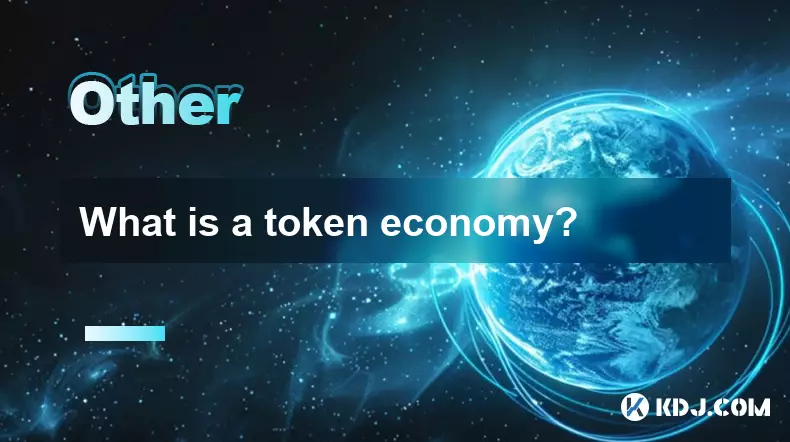
What is a token economy?
Sep 20,2025 at 12:18am
Understanding the Foundations of a Token Economy1. A token economy in the context of cryptocurrency refers to a system where digital tokens are used a...
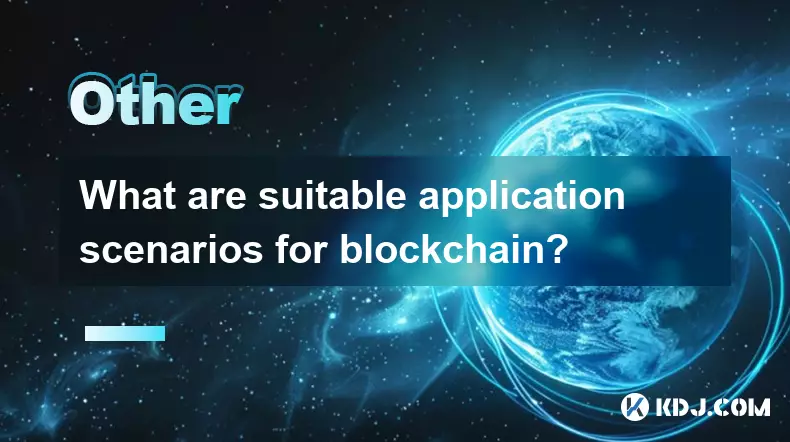
What are suitable application scenarios for blockchain?
Sep 20,2025 at 03:19am
Decentralized Finance (DeFi) Platforms1. Blockchain enables the creation of financial services without centralized intermediaries, allowing users to l...
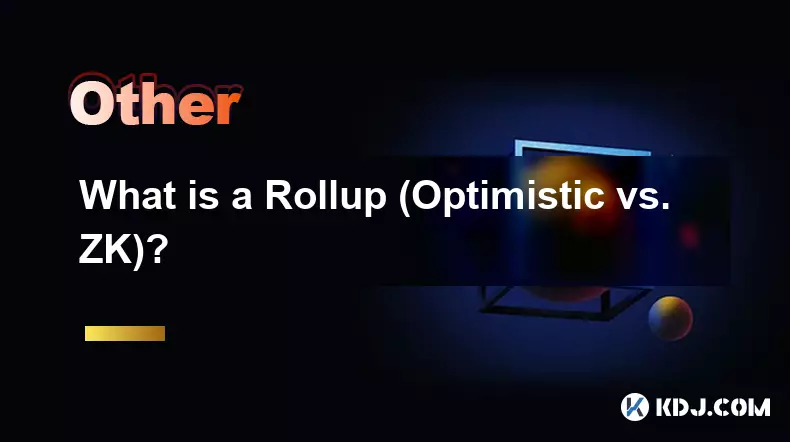
What is a Rollup (Optimistic vs. ZK)?
Sep 22,2025 at 03:00pm
Understanding Rollups in Blockchain Technology1. Rollups are layer-2 scaling solutions designed to increase transaction throughput on blockchains like...
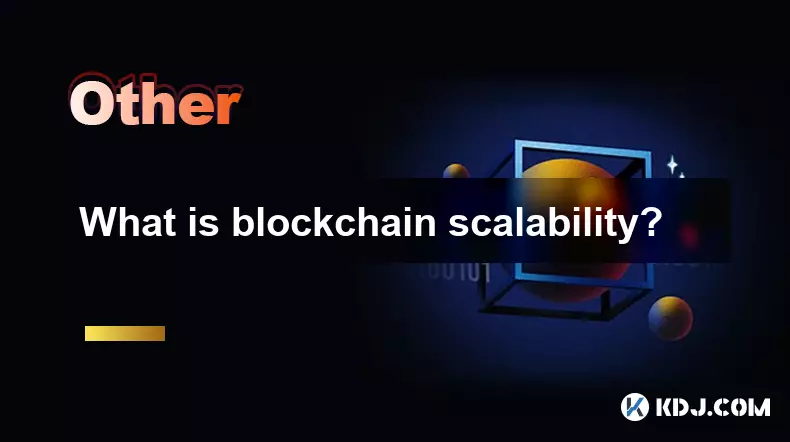
What is blockchain scalability?
Sep 19,2025 at 06:18am
Understanding Blockchain Scalability1. Blockchain scalability refers to a network's ability to handle an increasing number of transactions without com...
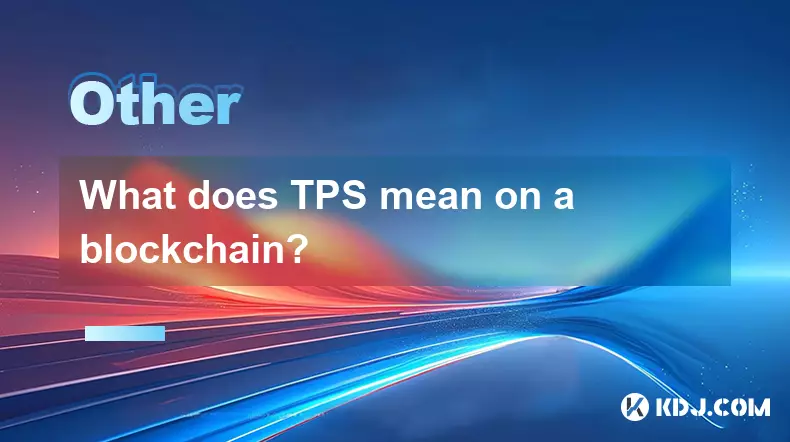
What does TPS mean on a blockchain?
Sep 21,2025 at 09:54am
Understanding TPS in Blockchain Technology1. TPS stands for Transactions Per Second, a metric used to measure the number of transactions a blockchain ...
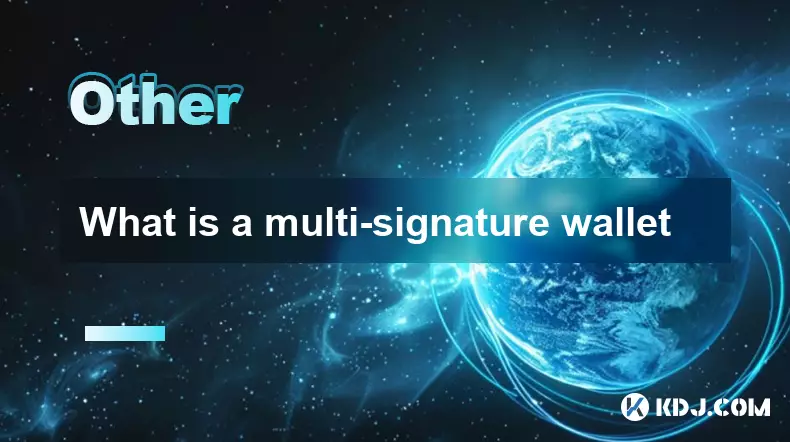
What is a multi-signature wallet
Sep 20,2025 at 07:00am
Understanding Multi-Signature Wallets in Cryptocurrency1. A multi-signature wallet, often referred to as a multisig wallet, is a type of cryptocurrenc...

What is a token economy?
Sep 20,2025 at 12:18am
Understanding the Foundations of a Token Economy1. A token economy in the context of cryptocurrency refers to a system where digital tokens are used a...

What are suitable application scenarios for blockchain?
Sep 20,2025 at 03:19am
Decentralized Finance (DeFi) Platforms1. Blockchain enables the creation of financial services without centralized intermediaries, allowing users to l...

What is a Rollup (Optimistic vs. ZK)?
Sep 22,2025 at 03:00pm
Understanding Rollups in Blockchain Technology1. Rollups are layer-2 scaling solutions designed to increase transaction throughput on blockchains like...

What is blockchain scalability?
Sep 19,2025 at 06:18am
Understanding Blockchain Scalability1. Blockchain scalability refers to a network's ability to handle an increasing number of transactions without com...

What does TPS mean on a blockchain?
Sep 21,2025 at 09:54am
Understanding TPS in Blockchain Technology1. TPS stands for Transactions Per Second, a metric used to measure the number of transactions a blockchain ...

What is a multi-signature wallet
Sep 20,2025 at 07:00am
Understanding Multi-Signature Wallets in Cryptocurrency1. A multi-signature wallet, often referred to as a multisig wallet, is a type of cryptocurrenc...
See all articles

















